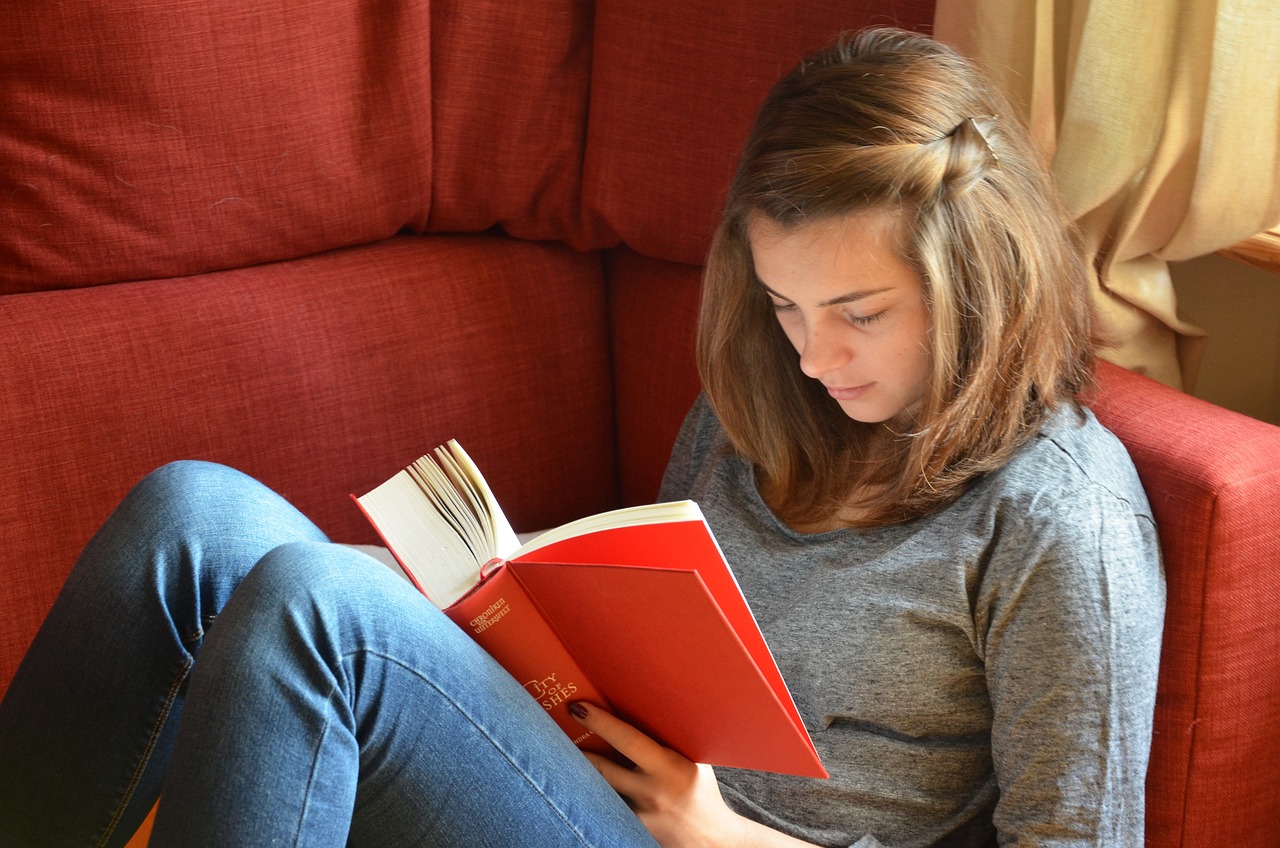Conjunctions are crucial for constructing coherent and meaningful sentences in the English language. They link different elements within a sentence and show the relationship between them.
Conjunction-Definition-Examples
conjunctions are words that connect words, phrases, or clauses in a sentence. They are important because they help to combine ideas, show relationships, and make sentences more interesting and complex.
(Or)
Conjunctions are words that join other words or groups of words in a sentence. They help connect words, phrases, or even whole sentences together.
Examples of conjunctions include “and,” “but,” “or,” and “because.” Conjunctions are like the building blocks that allow you to create longer and more varied sentences in your writing.
Types Of Conjunctions
They are essential for forming complex and compound sentences in English. There are three main types of conjunctions: coordinating conjunctions, subordinating conjunctions, and correlative conjunctions.
Coordinating Conjunctions
Coordinating conjunctions connect words, phrases, or clauses that are similar or equal in structure. There are seven coordinating conjunctions, often remembered by the acronym FANBOYS:
- For: presents a reason or explanation
- And: connects similar ideas or actions
- Nor: connects negative alternatives
- But: shows contrast or exception
- Or: presents alternatives or choices
- Yet: indicates contrast or introduces a contrasting idea
- So: shows cause and effect or a result

Example: I wanted to go to the party, but I was feeling too tired.
Subordinating Conjunctions
Subordinating conjunctions connect an independent clause (a complete sentence) with a dependent clause (an incomplete sentence). These conjunctions often indicate time, cause, effect, contrast, or condition.
Examples include: although, because, since, unless, while, after, before, if, until, as, etc.

Example: I will go for a walk if the weather is nice.
Correlative Conjunctions
Correlative conjunctions are pairs of conjunctions that work together to join words, phrases, or clauses of equal rank. They always travel in pairs, and they include:
- either…or: presents a choice between two alternatives.
- neither…nor: indicates the negative form of either/or.
- both…and: indicates a combination or agreement between two elements.
- not only…but also: emphasizes additional information.

Example: She is not only intelligent but also diligent in her studies.
Understanding and correctly using these types of conjunctions can significantly improve the complexity and variety of your sentences in English.
